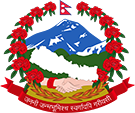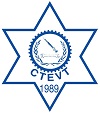“A responsive TVET system is where market demand matches trained workforce”, states Dr. Hari Prasad Lamsal.
Delegates from Ministry of Education Science and Technology (MoEST) and Council for Technical Education and Vocational Training (CTEVT) participated in a 3 day international Skills seminar titled – Future of TVET: Disruption and Development hosted by British Council from 5-7 March 2019 in London and Derby focusing on the future of Technical Vocational Education and Training (TVET) with the support of the Dakchyata TVET PP project. The international programme was attended by delegates from five countries across South and Central Asia, and Sub-Saharan Africa.
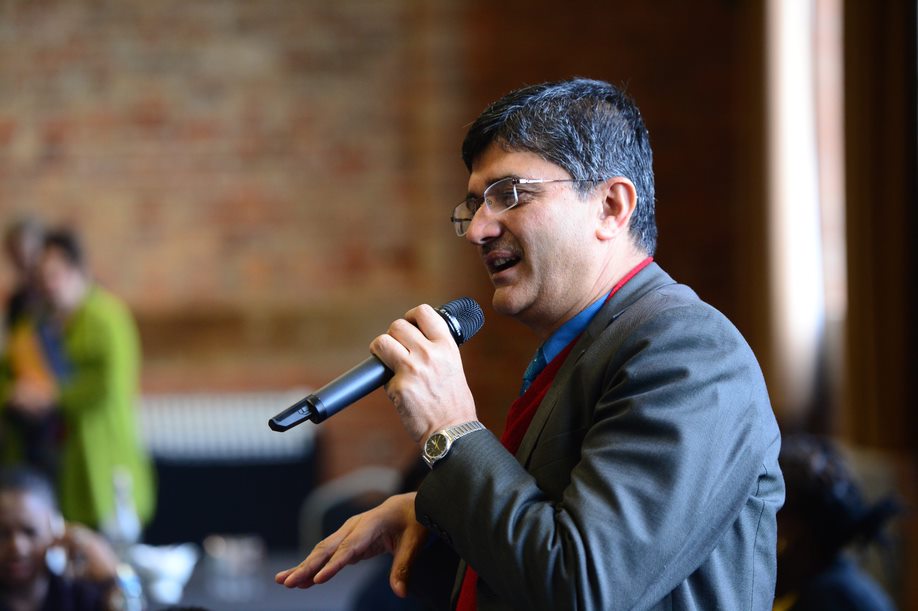
Dr. Lamsal at the seminar
Dr. Hari Prasad Lamsal, Joint-secretary of the TVET Division at the MoEST was one of four delegates from Nepal. Dr. Lamsal heads the TVET Division which is responsible for overall coordination, quality assurance and governance of TVET system in Nepal. He previously served as the Ministry’s spokesperson and has a long standing contribution in reforming Nepal’s education system.
1. From discussions at the International Skills seminar – Future of TVET: Disruption and Development, what seems to be the current international challenges and opportunities in TVET?
The seminar provided a platform for discourse on how to make TVET systems more responsive to labour market demands. Presentations and practical examples of various TVET practices sparked discussions around current and future challenges, as well as opportunities. In doing so, seminar highlighted practices of the English skills system and from other Organisation for Economic Cooperation and Development (OECD) countries. That it is clear globally, technology is rapidly changing the market including skills needs. And, in a way, which presents both challenges and opportunities. The challenge is to create workforce to match the market demand and opportunity is to modify existing policy and practices, bring changes in the system to meet those demands. The seminar re-emphasised that a successful TVET system is when the employers’ needs are at heart, possible when the training system is flexible to give independence to TVET providers while the government oversights that national standards are met. Forecasting of future skills demand was also repeatedly highlighted as a major priority which requires contributions from all actors within the TVET system reflecting the vast pace of change of occupational requirements within the private sector. Most importantly, seminar provided a space to reflect on prerequisites of a responsive TVET system, in which market demand matches trained workforce.
2. What are the most important factors informing current and future plans?
In developed nations, TVET is technologically driven. These countries have sufficient coverage, networking and marketing mechanisms, hence the quality and relevance is much higher. Conversely, Nepal is struggling to set up a system that is flexible and responsive with improved access for those in need. Our job market is not as developed, and private sector not yet sufficiently developed to take lead in the skilling process of the workforce. Hence, Nepal has a double challenge – quality and relevance alongside improving access. Nepal is working towards strengthening current system as well as setting up new system. Quality TVET provision and relevancy is of utmost importance to us. For that, we need to continue working towards a common policy framework and establish meaningful partnerships with employers. Further efforts need to be made to increase the market coverage and provide relevant workforce. Additionally, our controlling measures are more human driven as we are not as well equipped with adequate tools and technology as developed nations. We need to develop similar systems and institutions, have high quality standards and put in place effective controlling measures. “I believe even though our speed may be slow, we will get there eventually.” Not that we do not need to focus on human resource capacity building. But there needs to be simultaneous efforts in building institutions, system and technology, harmonisation of policy, as well as developing skilled human resources.
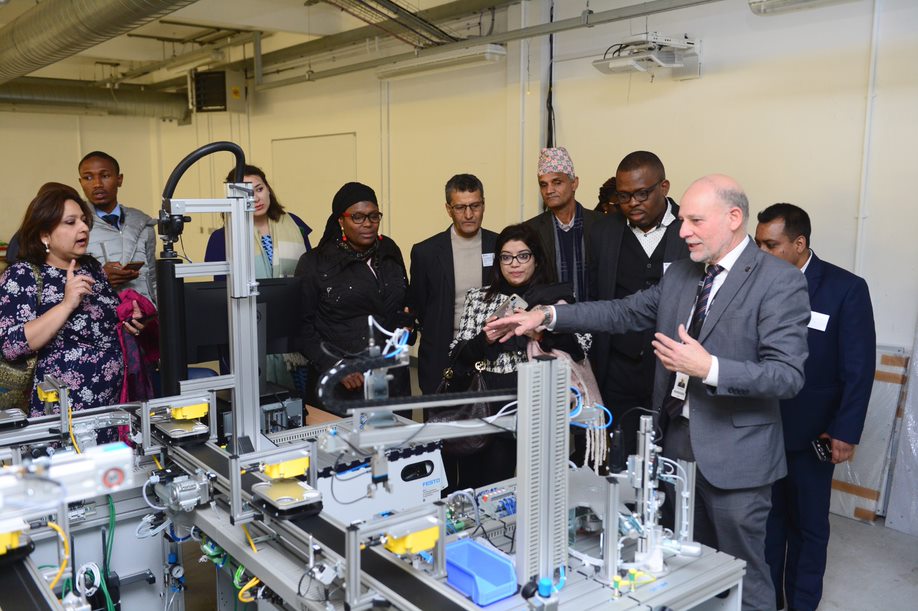
Delegates at the seminar
3. What learning’s from the seminar was particularly relevant for the TVET Division?
There has to be continuous sharing and learning from one another; this requires capacity building of individuals and strengthening institutional systems for effective TVET coordination and monitoring. We are working towards improving internal systems to ensure knowledge is transferred effectively into institutional capacity building. Indeed, the seminar was a wonderful exposure for all participating delegates on current international policy settings enabling us to observe different implementation models in practical settings. One such observation came from Rolls-Royce factory. It offered insights into a well-established and long running apprenticeship scheme, which has been successfully producing highly skilled graduates across a range of areas in manufacturing and technical skills for decades. Although, the Rolls-Royce manufacturing has highly skilled technical mechanics that only a developed nation such as those in Europe can offer, it was still helpful to understand how the model is being implemented – how the employers and employees interact in such a model. This was an advanced workplace based training model that places equal emphasis on students’ health and safety. The factory had strong safety control mechanisms and procedures put in place that are key to every workplace, whether large or small scale. As simple as maintaining daily records on various aspects of production, including that of injuries, which was to be tallied at the end to mark that no injuries occurred in the making of final product was an important measure that can be fed into our current system. We need to strengthen and expand work place based training in Nepal.
4. On the theme of exploring how policy makers and private sector can work together more effectively to shape TVET systems and institutions, what do you think are the key drivers for employer engagement in Nepal?
The key to employer engagement is building an environment of trust and confidence between the two sectors. Both the public and private sector need to feel accountable in contributing to and improving the system. Again, going back to the Rolls Royce example the entire accountability of the production – quality and technicality was bestowed upon the Rolls Royce Company and that they have been trusted with a quality delivery. Meaning, in Nepal, our private companies need to be able to take such responsibility, and should be trusted to deliver, and while to do so, also have enough capacity to take on such responsibility. There needs to be environment of trust and confidence from both sectors for one another. For a concerted effort and engagement of employers, both sides must agree on procedures through regular consultations and meetings. The private sector needs to be continually encouraged to participate in governance and management of TVET. There are a range of existing intersections such as sector skills committee, curriculum development, skills testing and others where private sector is involved but have limited ownerships and therefore the effectiveness of results are limited. Nevertheless, we need to continue to build and provide platforms for both sides to engage effectively. Most importantly, there needs to be more efforts in building confidence and ownership for both sides to engage in the right manner. I see the work of Dakchyata as very promising in this respect.
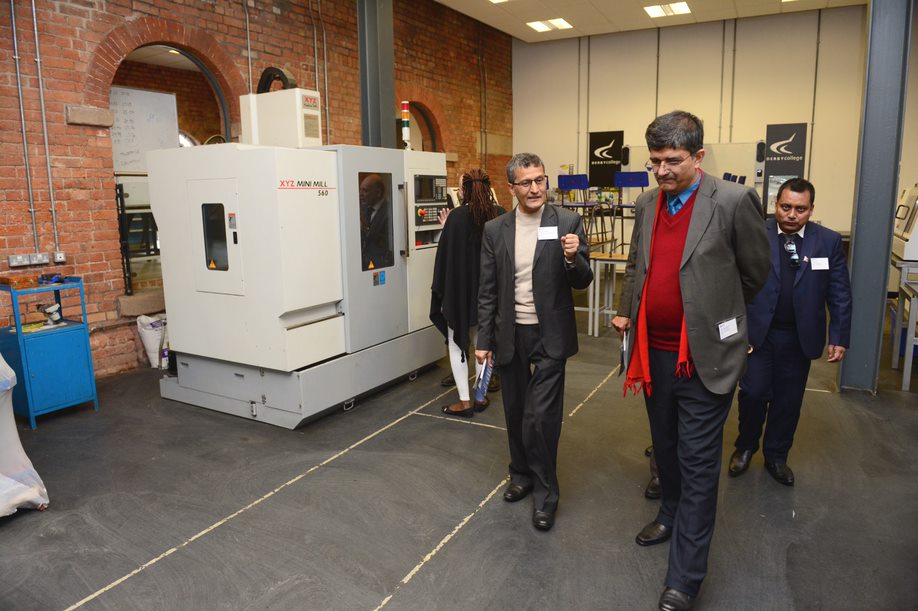
Dr. Lamsal with other Nepali Delegates
5. In recent times, a lot of policy changes are discussed for TVET reform in Nepal –What are the immediate priorities for quality TVET provision in Nepal?
TVET reform is about strengthening and improving existing structures, functions and systems within the Ministry, in CTEVT and among the three levels of governing mechanism under the federal structure. Hence, it is a TVET restructuring process in its entirety and quality improvements are not limited to a particular organisation. The process is on-going. Currently, there are different interpretation and understanding but the new legal provision will provide more clarity. It may take some time to materialise. Basically, it will decide three levels of governance mechanism for TVET; have guidance on a developed coordination system, followed with focus on quality and expansion. It will be an extension of current system to fit into the federal structure. We are on the right track here.
In this regard, Dakchyata has a vital role to play in strengthening and improving existing structures of the Ministry, mainly TVET Division in particular and TVET sub-sector as a whole. The project has been making significant efforts and contribution in developing capacity building plan for fairly new Ministry TVET Division and TVET sub-sector. I am confident, its activities will strengthen Ministry’s effort and most importantly, in engaging private sector effectively.




